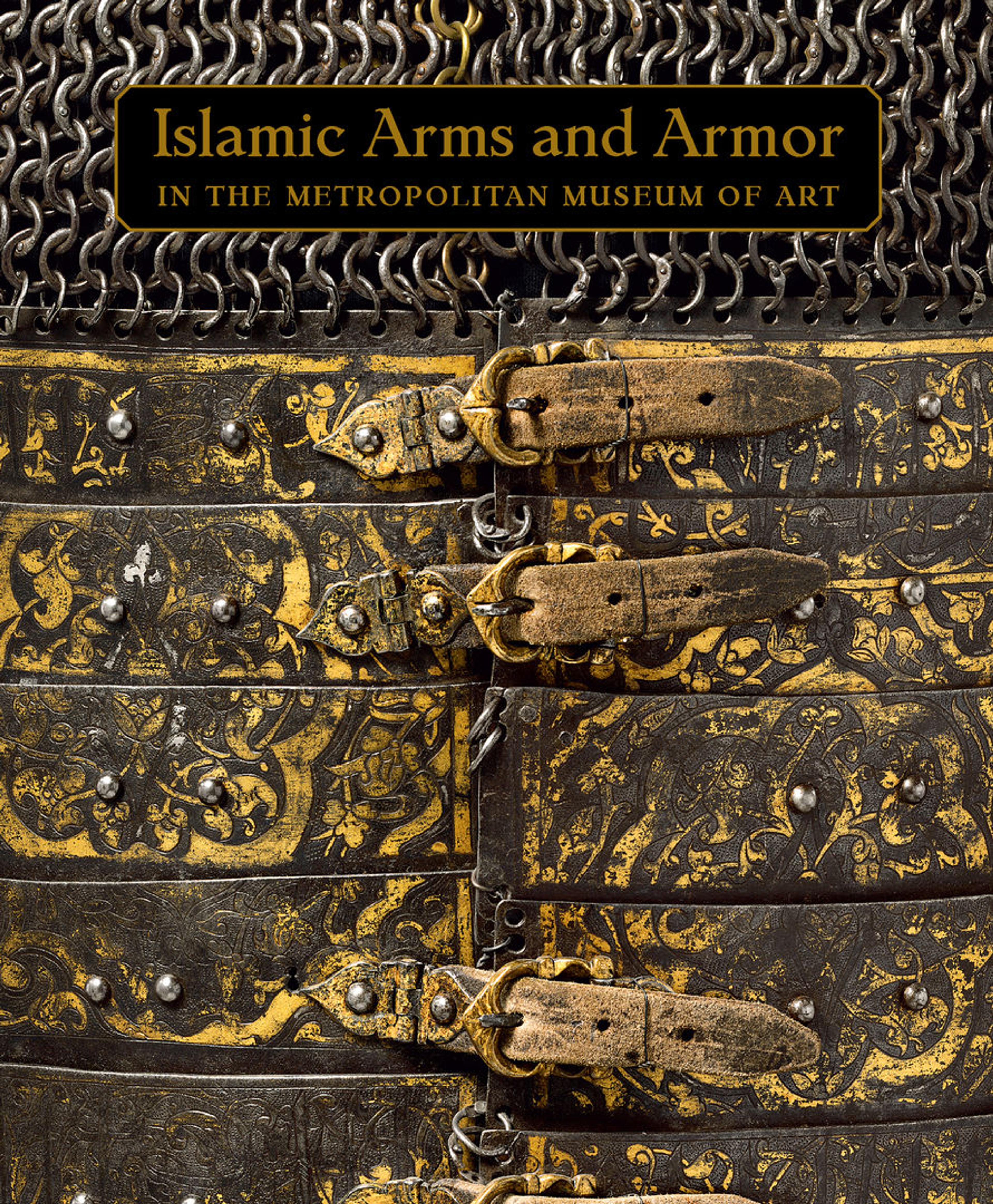Dagger with Hilt in the Form of a Blue Bull (Nilgai)
On this dagger, the hilt portrays a nilgai, or blue bull, one of the most beautiful animals found in India, and terminates at the base with a leafy scroll and lotus flower. Carved from a bluish-green nephrite that approximates the color of the animal, this hilt not only demonstrates the artist's thorough mastery of hard-stone carving, but also displays a level of accuracy and sensitivity that suggest close observation of a model, perhaps one of the captive animals kept in the imperial zoo.
Artwork Details
- Title: Dagger with Hilt in the Form of a Blue Bull (Nilgai)
- Date: ca. 1640
- Geography: Made in India
- Medium: Hilt: Nephrite
Blade: Watered steel - Dimensions: H. 15 in. (38.1 cm)
- Classification: Stone
- Credit Line: Gift of Alice Heeramaneck, in memory of Nasli Heeramaneck, 1985
- Object Number: 1985.58a, b
- Curatorial Department: Islamic Art
Audio
6732. Overview: Jade Daggers, Part 1
NAVINA HAIDAR: The Mughal rulers of India were great lovers of precious materials, and their patronage of the jeweled arts is one of the great features… of Mughal art. Here in this case, you're looking at works of art that were made in a very rare and precious material, which is jade, nephrite jade. …Mughal craftsmen fashioned this incredibly hard material into works of art for a variety of uses, from dagger hilts, which were worn not only as weapons but also as part of personal adornment and costumes… but also little bowls, an mirror handles and many, many other courtly objects. The daggers… were of course worn as part of courtly costume.You often see in Mughal painting nobles wearing these in their belts. And these were given out often as royal gifts… to acknowledge the importance of a particular person at court. Nephrite jade actually comes in a variety of shades, from pale white all the way to dark green, and the Mughals were fond of the whole range of nephrite. A lot of scholarship has been done and is continuing to be done on understanding how the craftsmen were able to take this incredibly hard material and turn it into the incredibly sensitive studies of animals and plants that you see in Mughal jade carving.
NARRATOR: If you haven’t already heard about the depiction of nature in Indian art, press PLAY.
Listen to more about this artwork
More Artwork
Research Resources
The Met provides unparalleled resources for research and welcomes an international community of students and scholars. The Met's Open Access API is where creators and researchers can connect to the The Met collection. Open Access data and public domain images are available for unrestricted commercial and noncommercial use without permission or fee.
To request images under copyright and other restrictions, please use this Image Request form.
Feedback
We continue to research and examine historical and cultural context for objects in The Met collection. If you have comments or questions about this object record, please contact us using the form below. The Museum looks forward to receiving your comments.
